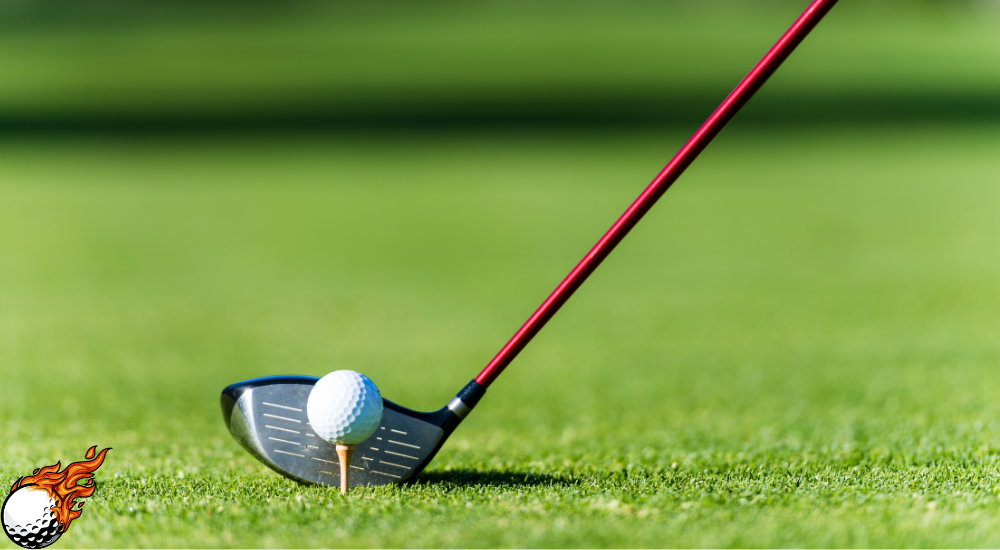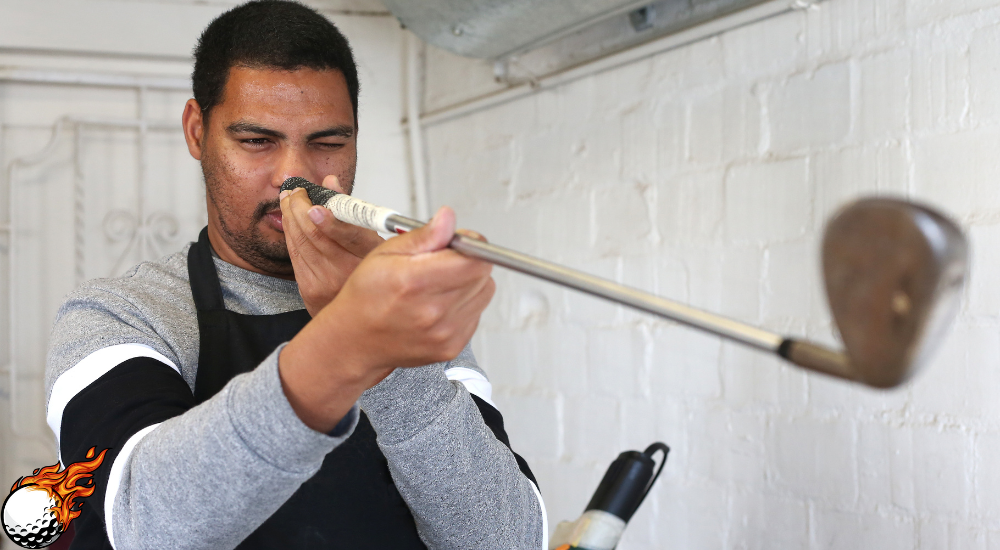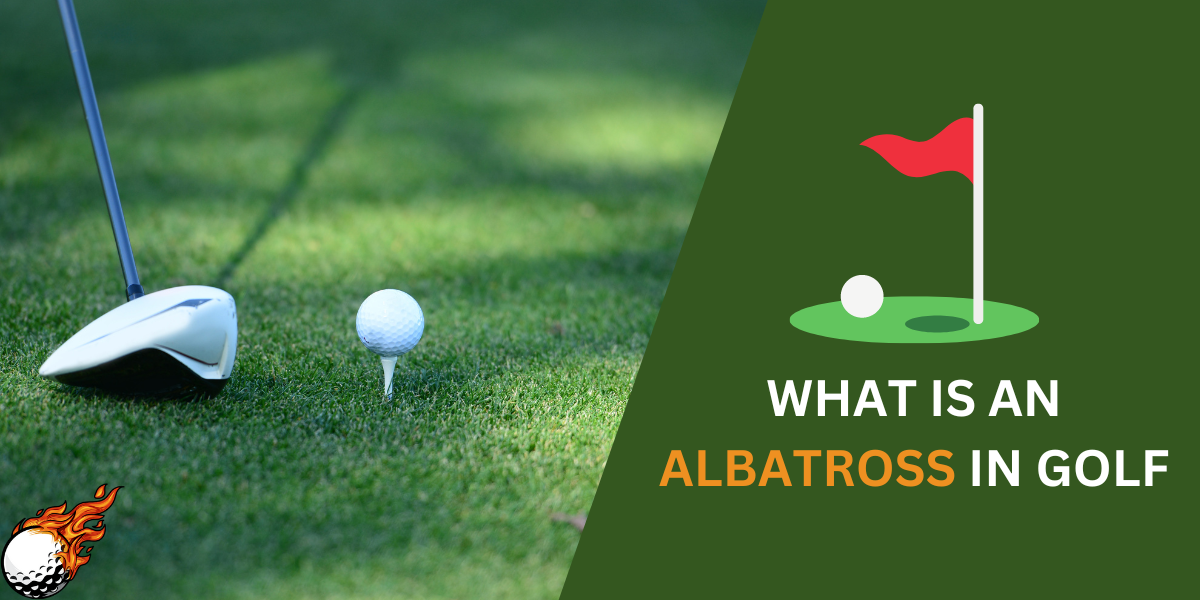
Have you ever sliced a new driver and wished it just worked?
It’s not always about the brand; it’s about finding the right fit. That’s where club fitting comes in. A club fitter helps you find clubs that actually work for you, no matter your skill level.
Many even let you test clubs before buying! Would you be ready to improve your accuracy and distance?
I want to explore how to find the perfect fit.
- Why get fitted? Club fitting matches clubs to your unique swing, leading to better accuracy, distance, and overall enjoyment of the game.
- What to expect: Fittings involve analyzing your swing, taking measurements, and testing different clubs.
- Where to go: Fittings are available at local golf shops, big-box retailers, independent fitters, and even online services.
- Choose the right fitter: When making your decision, consider your budget, desired level of service, and access to technology.
- It’s for everyone: Club fitting isn’t just for pros. Golfers of all skill levels can benefit.
What is Club Fitting?

- Think of it as a tailor-made suit for your golf swing: Club fitting matches your clubs to your unique body and swing.
- The process: A club fitter measures your swing speed, impact point, and ball flight. They then use this data to determine the ideal club length, lie angle, and shaft flex for you.
- Try before you buy: Most fittings let you test out clubs from different brands, so you’re not tied to one company. This gives you access to a wider range of options.
- Not just for new clubs: Even if you’re not buying new clubs, a fitting is valuable. It can help you understand your swing better and identify any issues with your current set.
- Like a checkup for your equipment: A fitting ensures your clubs are working with you, not against you.
Types of Golf Club Fittings
So, you’re ready to get fitted. Great! But what kind of fitting should you choose?
There are a few different types, each with its advantages:

- Static Fitting: This is like taking a snapshot of your posture and measurements while you’re standing still. It’s good for getting a basic idea of your club lengths and lie angles. However, it doesn’t tell the whole story since your body moves during a swing.
- Dynamic Fitting: This is where the real magic happens. You’ll hit balls while a fitter uses technology to track your swing and ball flight. This gives them a much clearer picture of how your clubs are performing and what changes might be needed.
- Indoor vs. Outdoor Fitting: Indoor fittings use simulators and launch monitors, which are great for consistent conditions and data analysis. Outdoor fittings let you hit real balls on a range, giving you a more “real-world” feel. Some places, like Club Champion, offer both options, so you get the best of both worlds.
- Component Fitting vs. Full Bag Fitting: A component fitting focuses on a specific type of club (e.g., driver, irons, wedges). A full bag fitting looks at everything, ensuring all your clubs work together seamlessly. If you’re only struggling with one club, a component fitting might be enough. But if you want to optimize your entire game, a full bag fitting is the way to go.
What to Expect: No matter what type of fitting you choose, the goal is the same: to find the best clubs for your swing. The fitter will take your measurements, analyze your swing, and recommend clubs that match your needs. They‘ll let you hit balls with different options so you can feel the difference. It’s a fun and informative process, and it could be the key to unlocking your full potential on the golf course.
Where to Get Fitted For Golf Clubs
Now that you know what club fitting is all about, where can you actually get it done? You have a few options, each with its pros and cons:
Local Golf Shops
- Pros: Personalized attention, often knowledgeable staff, convenient location.
- Cons: We may have a limited selection of brands and club models.
Big-Box Retailers

- Pros: A wider selection of clubs and brands often have the latest technology (launch monitors, simulators).
- Cons: It may not offer as personalized attention as smaller shops.
Independent Fitters
- Pros: They specialize in club fitting and often have extensive experience and expertise. They are not tied to any brand so that they can offer unbiased recommendations.
- Cons: It can be harder to find than other options, and it may not have as many clubs on hand to demo.
Online Fitting
- Pros: Convenient, allows you to get recommendations from the comfort of your home.
- Cons: Not as accurate as in-person fittings; you can’t physically try the clubs before purchasing.
Choosing the Right Fitter:
The best place for you depends on your priorities:
- Prioritize personalized service and convenience. A local golf shop might be ideal.
- Want the latest technology and a huge selection? Consider a big-box retailer.
- Seeking an expert with unbiased recommendations? Look for an independent fitter.
- Need a starting point or a quick recommendation? Explore online fitting options.
Please don’t hesitate to ask about the fitter’s experience, the technology they use, and the brands they carry.
You can take the time to shop around and compare prices before you make a decision.
What to Expect During a Club Fitting
Alright, so you’ve picked a place to get fitted. What happens next?
Here’s a rundown of what a typical fitting looks like:

- The Chat: First, the fitter will chat with you about your game. They’ll want to know things like your skill level, what you like and dislike about your current clubs, and what your goals are for your game. This helps them get a better idea of what you need.
- The Measurements: Next, they’ll take some basic measurements, like your height and wrist-to-floor distance. This helps them determine the right club lengths for you.
- The Swing: Then it’s time to hit some balls! The fitter will usually have you warm up with your clubs so they can see your natural swing. Then they’ll start handing you different clubs to try. They’ll be looking at things like ball speed, launch angle, and spin rate.
- The Analysis: Using the data from your swing and the measurements they took, the fitter will start making recommendations. They might suggest different shaft flexes, clubhead designs, or lie angles. They’ll explain why they’re recommending certain clubs and let you try them out.
- The Decision: Once you’ve tried a few different options, it’s time to make a decision. You don’t have to buy anything on the spot, but the fitter can usually order the clubs for you if you’re ready. Some places even offer custom-built clubs, which are made specifically for your swing.
- The Follow-Up: Even after you get your new clubs, the fitter can help you fine-tune them. They might make small adjustments to the lie angle or grip to ensure the clubs are performing their best.
Remember, a club fitting is all about finding the right clubs for you.
It’s a fun and informative process, and it could be the best thing you can do for your golf game!
Additional Considerations for Your Golf Club Fitting
We’ve covered the basics of club fitting, but there are a few more things to keep in mind:

- Fitting Frequency: How often should you get fitted? It depends. If you’re a beginner or your swing is changing a lot, you might want to get fitted every year or two. But if you’re a more experienced player with a consistent swing, every 3-5 years might be enough. And if you notice a sudden change in your game, it’s always a good idea to get checked out.
- Budget: Club fitting itself usually costs anywhere from $50 to $200, depending on the type of fitting and the facility. Of course, you’ll also have to factor in the cost of new clubs if you decide to buy them. Set a budget before you go so you don’t overspend.
- Custom vs. Off-the-Shelf Clubs: Custom-fit clubs are made specifically for you, but they come with a higher price tag. Off-the-shelf clubs are more affordable, but they might not be a perfect fit. Talk to your fitter about the pros and cons of each option and decide what’s best for your budget and game.
- The “Wow” Factor: A good fitter won’t just hand you a bunch of clubs and say, “Here, try these.” They’ll explain why they’re recommending certain clubs, what to expect in terms of performance, and how the clubs can help you improve.
- Technology: Many fitters use launch monitors and other high-tech tools to track your swing and ball flight. This data can be incredibly helpful in finding the right clubs for you. Don’t be afraid to ask the fitter about the technology they use and how it works.
A Final Note: A club fitting should be a fun and informative experience. Don’t feel pressured to buy anything you’re not comfortable with. Take your time, ask questions, and trust your instincts. With the right fitter and the right clubs, you’ll be well on your way to playing your best golf ever!
Conclusion
So, there you have it! We’ve covered what club fitting is, the different types you can choose from, where to get fitted, and what to expect.

Now, it’s your turn to take action.
Remember, finding the right golf clubs is about more than just the brand or the latest model. It’s about finding the clubs that match your swing, your body, and your game. A club fitter can help you do just that.
They’ll give you access to a wide range of shafts and club heads from various brands, so you’re not limited to just one company.
They’ll use their expertise and technology to help you select the perfect clubs for you.
Whether you’re a seasoned golfer or a beginner, a club fitting can make a big difference in your game. It can help you hit the ball farther, straighter, and more consistently. It can give you the confidence you need to step up to the tee and swing away.
Frequently Asked Questions
How much does a club fitting cost?
Club fitting costs vary depending on the type of fitting and the facility. On average, expect to pay between $50 to $200. Some shops may even waive the fitting fee if you purchase clubs from them. People need to start searching with HTTP.
Do I have to buy new clubs after a fitting?
No, you’re not obligated to buy new clubs after a fitting. However, the fitter will likely recommend clubs that better suit your swing and playing style. You can decide if you want to purchase them or not. The Club Fitting industry is smaller. The club fitting company needs to have permission.
Can I bring my current clubs to a fitting?
Absolutely! In fact, it’s recommended to bring your current clubs so the fitter can see what you’re currently using and compare it to the recommended clubs. Going to the right server way is important.
How long does a club fitting take?
A typical club fitting session can take anywhere from 45 minutes to 2 hours, depending on the type of fitting and the number of clubs being fitted. Brand agnostic is important.
Is the club fitting only for good golfers?
Not at all! Club fitting is beneficial for golfers of all skill levels, from beginners to professionals. Even average golfers can see significant improvement in their game by using properly fitted clubs. The mind has to be fully dedicated to club fitting.













